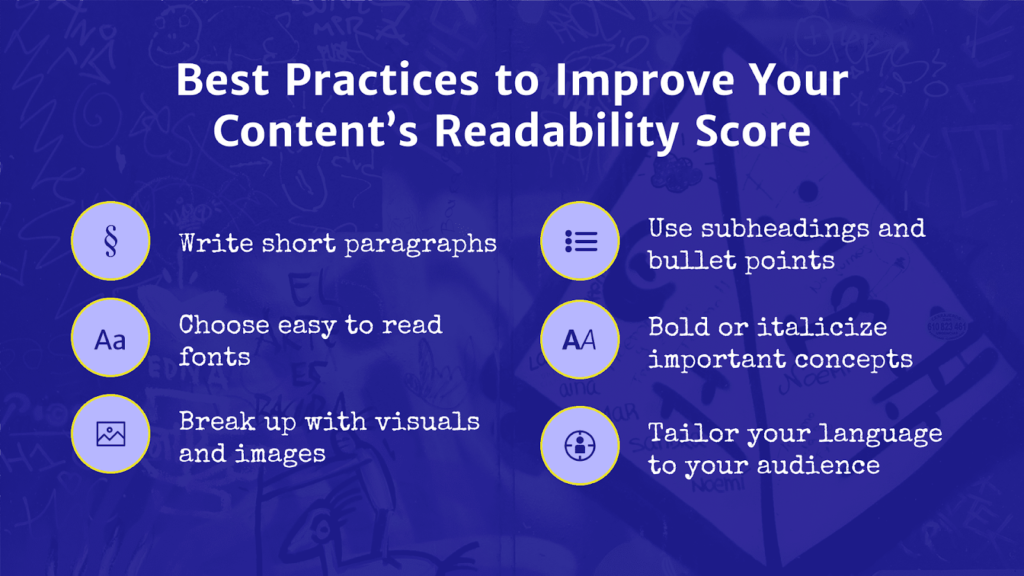
SEO or search engine optimization involves optimizing a website’s content and technical structure to improve its visibility and ranking on search engine results pages (SERPs). SEO involves a range of techniques and strategies, including keyword research, on-page optimization, off-page optimization, and technical optimization, that are designed to improve a website’s relevance and authority in the eyes of search engines.
With the help of a robust SEO study or SEO content analysis, you can determine which elements of your current SEO strategy are working effectively and what the major challenges are to raise your site’s rating.
What is SEO Content Analysis?
SEO content analysis is the process of analyzing and optimizing a website’s content to improve its ranking on search engines. It involves evaluating the quality of the content on a website, checking for relevant keywords, ensuring proper formatting and readability, and ensuring that the content is optimized for search engine algorithms.

SEO page content analysis helps to ensure that a website’s content is relevant and engaging to its target audience while also meeting the requirements of search engine algorithms. By conducting SEO content analysis, website owners can identify areas for improvement and make necessary changes to improve their website’s visibility and ranking on search engines.
SEO content analysis typically involves a combination of manual review and the use of SEO tools to analyze the content on a website. The goal is to ensure that the website’s content is optimized for search engines, engages visitors, and helps the website rank higher in search engine results pages (SERPs).
How to Conduct SEO Content Analysis Properly?
Conducting SEO content analysis is an important process in ensuring that your website’s content is optimized for search engines and user engagement. Here are some steps you can follow to conduct SEO page content analysis properly.
1. Target the right keywords
When users search for a particular keyword, they are looking for content that is related to that keyword. By targeting the right keywords, you can ensure that your content is relevant to what users are looking for. It can also help you attract more traffic to your website. By optimizing your content for keywords that have high search volumes, you can increase the likelihood of your content appearing on search engine result pages.

You can also avoid competing with websites that have high domain authority and strong backlink profiles. Instead, you can focus on keywords that have lower competition and are easier to rank for.
Keyword gap analysis is also a great way of identifying the keywords that a competitor is ranking for, but a website is not. By conducting a keyword gap analysis, you can identify the gaps in your website’s keyword strategy and optimize your content to fill those gaps. It helps improve your website’s search visibility and attract more organic content.
2. Employ an SEO content analysis tool
Use SEO content analysis tools like Google Analytics and Google search console to analyze your website’s performance and identify areas that need improvement. These tools can help you track your website’s traffic search engine rankings and user engagement.
In essence, an SEO content analyzer enables you to discover topics, trends, and additional keywords some of which are frequently used in conjunction with your key term. While performing a content evaluation with no tools is conceivable, doing so is undoubtedly less time effective. The tool searches SERPs for the data you require for your website’s SEO content research before moving to the subsequent stage of consumer intent analysis.
3. Analyze consumer intent
It’s a good idea to think about consumer intent after you’ve got your keyword strategy or semantic center prepared and have used an SEO content analysis tool to group topics while learning useful information. Whenever you examine what kind of material or data individuals expect to view if they employ the supplied terms or keywords, you are said to be analyzing user behavior or intent.

4. Check your content’s readability
Ensure that your content is easy to read and understand. Check for spelling and grammatical errors, and use short sentences and paragraphs. Also, make sure that your content is well structured with clear headings and subheadings. The first step in actually producing a quality piece is to create a thorough header structure. In essence, you’re creating a collection of headings depending on your study of content analysis.

5. Analyze your website’s metadata
Your chance of branding your company to someone using a web browser is in the webpage title as well as the description, which means your metadata. Its main goal is to draw a consumer to your webpage, after all. Yet, it doesn’t follow that you have to press the issue too much.
- Maintain the page title at around 55 to 60 characters.
- Maintain meta descriptions near about 155–160 characters.
- Incorporate keywords once throughout both the meta description and the title.
- Attempt to condense the meta description’s information.
6. CTA and conclusion
Composing a conclusion ought to be fairly simple; it should succinctly summarize the article’s main idea. A CTA is typically necessary to keep visitors on the site a tiny bit longer, plus, if feasible, to convert. Using CTA towards the items or offerings that the text refers to is indeed a successful technique for the majority of e-commerce sites. Nevertheless, you also have the option of adding extra value by including a link to a particular topic that you think they’ll find interesting.
To Summarize
Producing high-quality content that is relevant to the target audience can help businesses establish themselves as authoritative sources in their industry. SEO content analysis involves optimizing a website’s content, structure, and navigation to make it easier for users to find what they are looking for and navigate the website. By ranking higher in search engine result pages, websites can attract more organic traffic, which can lead to increased brand exposure, engagement, and conversions.
That’s about it. You now understand how to carry out a comprehensive SEO content analysis. We are optimistic that your approach to optimizing a website will become more effective with these simply laid out steps.
FAQs
This depends on various factors, such as the size of your website, the frequency of your content creation, and the level of competition in your industry. As a general rule, it’s recommended to perform SEO content analysis regularly to ensure your content is optimized for search engines and aligns with your target audience’s interests and needs.
There isn’t a universal “good” SEO score because different SEO tools use different scoring systems and factors to evaluate a website’s SEO performance. For example, some SEO tools use a score out of 100 to measure the overall health of a website’s SEO performance. In general, a score of 80 or above is considered good indicating that the website is well-optimized and has a strong online presence.
High-quality SEO content is created to provide value to users while also being optimized for search engines. This means that the content is well-written, informative, engaging, and relevant to the target audience.
Latest Blogs
Explore how Google’s 2025 AI search updates triggered ranking chaos. Learn actionable strategies to adapt your SEO for AI Overviews, zero-click searches, and SERP volatility. Stay ahead now.
Learn how to rank on AI search engines like ChatGPT, Perplexity, and Gemini by optimizing your content for authority, structure, and relevance. Stay ahead in AI-driven search with this strategic guide.
Explore the best healthcare SEO services for your medical practice. Improve online visibility and effectively reach more patients in need of your services.
Get your hands on the latest news!
Similar Posts

Content Analytics
8 mins read
Google I/O 2025: AI Search Shake-Up & Ranking Volatility

SEO
5 mins read
Top 10 Agencies for Banking and Financial SEO Services Industry

SEO
4 mins read